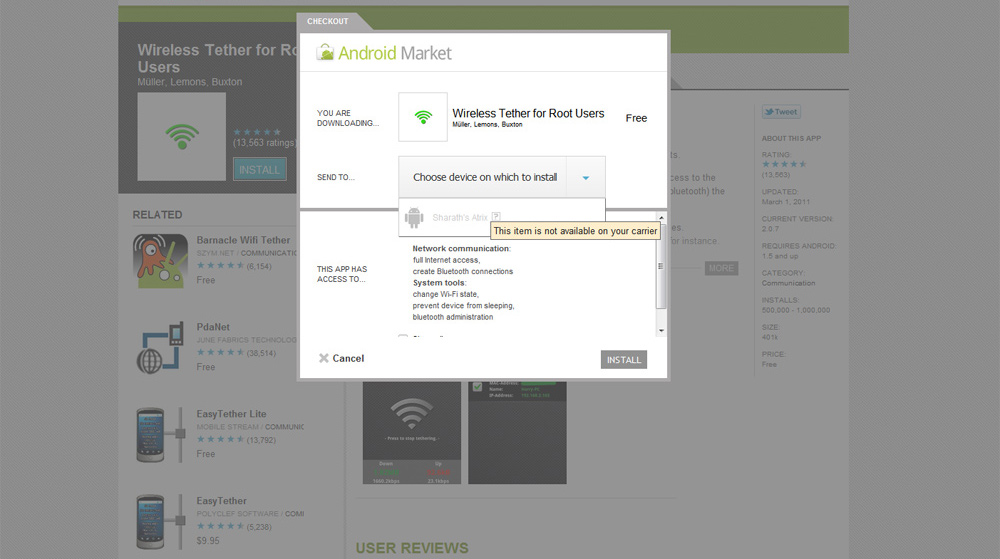First Impressions: Motorola Atrix 4G

As a two-year long iPhone 3GS user, I finally decided to take the plunge into the world of Android starting with the Motorola Atrix 4G. Although there are many great smart phone offerings this year, I decided to go with this phone since it has a dual core Tegra 2 processor and a built-in webtop interface for use with a laptop dock accessory.
Innovative Design
The Atrix is a very attractive looking device with a matte black finish and a silver pattern on the back. It is remarkably slim considering the hardware it packs inside. There are only three physical buttons on the device: the power and volume toggle buttons. The menu, home, back and search keys are touch sensitive. I was only bothered by the power button which is a little recessed into the back of the phone. This is almost certainly because it also doubles as a fingerprint reader. After a few days of use, I am beginning understand Motorola’s reasoning. Although awkward, it allows for quick and secure authentication. The positioning also makes it slightly easier to reach for those with small hands.
A Fancy Screen
The Atrix 4G has a large 4-inch 960-by-540 pixel resolution screen which is a mere quarter of full HD (1920-by-1080). I found the screen incredibly clean and crisp, even though it does not have the same pixel density as the iPhone 4: 960-by-640 pixel resolution. Despite having such a large screen and a dual-core processor, I was pleasantly surprised at the battery life. It made it through a whole day with 40% to spare after heavy usage: browsing the web, texting, phone calls, listening to music, and an hour-long video call.
Frustrations with MotoBlur
In my opinion, the biggest downside is the MotoBlur interface. It doesn’t seem as polished as other Android user interface overlays such as HTC Sense. The MotoBlur widgets look rather ugly in my opinion. The bundled social networking widgets inefficiently require using one to view status updates and another to post an update. Small quirks such as this one are just annoying. Why not have a single widget that offers both? In addition, the music app is quite lacking. The native Android player does not offer cover flow or any way to control the music from the lock screen. I also noticed that the play and pause button on my headphones were not compatible while they do work with other Android smart phones. Hopefully Motorola will release a major software update addressing some of these concerns soon.
Woes with AT&T

I also found myself frustrated with AT&T again. The carrier has blocked certain applications in the Android Market. They even go as far as to restrict installing 3rd part applications that are not from the official Marketplace. If you are resourceful, you can get around this fairly easily by rooting your Atrix. Doing so may void your warranty so proceed with caution.
The Atrix has been an incredible device so far. I am happy with the fast hardware, but slightly disappointed with Motoblur and AT&T restrictions. I really hope that Motorola steps up to the game and makes some major changes. Thankfully these smart phones are easily software upgradable over an internet connection so delivering new updates is not an issue. If AT&T decides to loosen up their policies like other carriers who offer Android, I would be much happier. If you’re unsure whether the Atrix is for you, check out Sahas Katta’s article about Why the Atrix Isn’t for Everyone.
Links: Motorola.com
Buy: Motorola Atrix 4G for $150